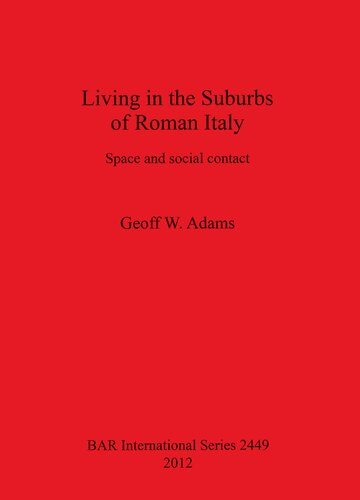

Most ebook files are in PDF format, so you can easily read them using various software such as Foxit Reader or directly on the Google Chrome browser.
Some ebook files are released by publishers in other formats such as .awz, .mobi, .epub, .fb2, etc. You may need to install specific software to read these formats on mobile/PC, such as Calibre.
Please read the tutorial at this link: https://ebookbell.com/faq
We offer FREE conversion to the popular formats you request; however, this may take some time. Therefore, right after payment, please email us, and we will try to provide the service as quickly as possible.
For some exceptional file formats or broken links (if any), please refrain from opening any disputes. Instead, email us first, and we will try to assist within a maximum of 6 hours.
EbookBell Team

4.8
44 reviewsThe central focus of this research (covering the period from the middle of the Second Century BC to the middle or late Second Century AD) concerns the form and function of suburban villas and their meaning within Roman society. The research reveals that these buildings served a unique role within the community, portraying an appearance of leisure and culture to the wider community and yet maintaining an intimate connection with the city centre. For the purpose of this study the region of central Italy has been chosen, concentrating on two regions; the political capital at Rome and the vicinity around the Bay of Naples (the centres of Pompeii, Herculaneum and Stabiae). These sites have been selected because of the wealth of archaeological and literary evidence centred upon this region. The eruption of Mount Vesuvius in AD 79, which covered a wide area, including Pompeii, Herculaneum and Stabiae, has provided a unique location for analysing the architecture, decoration and lifestyles of Roman residences. This region was of great social importance to the political leaders of Rome, allowing an in-depth understanding of the domestic residences of many of the highest political leaders during the period. The literary evidence shows that the regions around Rome and the Bay of Naples had many villas owned by leading Roman citizens, and by examining these structures it is possible to gain a greater understanding of their lifestyles and the social climate within the upper strata of the community.